

At Temple University's Tyler School of Art and Architecture, Kate Wingert-Playdon is building an academic culture grounded in collaboration. As Senior Associate Dean and Director of Architecture, Wingert-Playdon is engaged in a mission of encouraging cross-disciplinary interaction between architecture, planning, landscape, and beyond, in addition to encouraging and cultivating the views of communities beyond the profession.
For Wingert-Playdon, this emphasis on collaboration takes on a heightened sense of urgency when preparing students to tackle challenges of the present and future, from climate change to social justice to the demographics of the profession.
In September 2024, Archinect's Niall Patrick Walsh spoke with Wingert-Playdon as part of our Deans List series, to gain an insight into Tyler's approach to education, the student experience, and building a holistic curriculum. The conversation, lightly edited for clarity, is published below.

Niall Patrick Walsh: Could we begin with an overview of your role, and what your journey to Senior Associate Dean looked like?
Kate Wingert-Playdon: I serve as Senior Associate Dean and Director of Architecture, and in this role, I work with faculty, students, and staff in many of the functional areas of the school. We have a wide variety of program areas at Tyler, which is an important element of the school. Any school as complex as we are with 22 program areas needs a range of expertise in its administration and in the leadership team. We work together across the school, and my particular role involves overseeing the built environment disciplines, which are architecture, planning, and landscape architecture. There are seven program areas there, but those are the three main buckets they fall into.
I was attracted to Temple a long time ago. It is a public urban university, which is important in and of itself. It is a very mission-driven place even for a public university, and really thinks about the strength of individuals. What has kept me here is the community, which is pretty incredible. The forthrightness of people, be they students, faculty, or staff, is wonderful; everybody speaks their mind and has aspirations.
The Tyler School of Art and Architecture as a whole entity is also quite new. We expanded the name of the well-established Tyler School of Art in 2019 to reflect the breadth of the school after a reorganization. I was here before the school’s name expansion. Before joining Tyler in 1998, architecture was part of the engineering school. Since we’ve become the Tyler School of Art and Architecture, we’ve been engaged in the project of working in a more cross-disciplinary way to maximize the intersection of academic pathways.
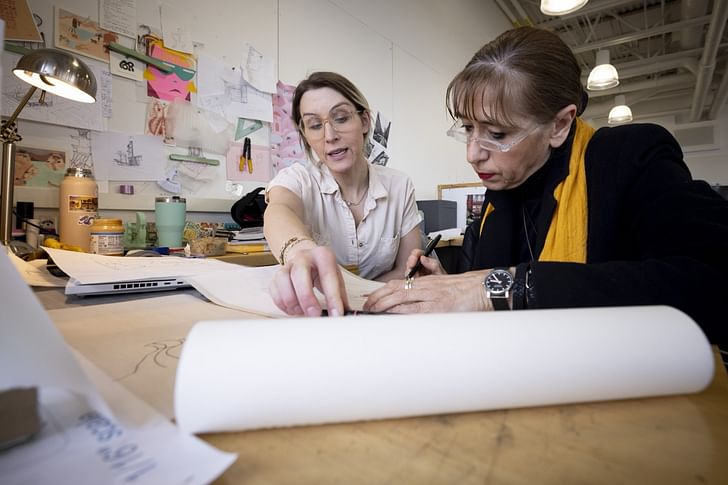
Educators often bring with them unique personal views, interests, and stances on architecture to their schools. What are some of the topics and issues related to architecture that you care most about?
My focus is really on drawing out the voices of individuals. It’s not about ‘community-based practice’ per se but recognizing that there is knowledge in communities that makes things stronger. You’re always working in collaboration. That is a strong theme here at Tyler, so it was a natural fit. It is also probably not surprising, given I am a woman in architecture. I think we naturally have a feminist perspective which includes the drawing out of voices, the drawing out of perspectives across the community, and the nurturing of perspectives.
Thinking through making is really where the traditions of art and architecture align, and it is an essential piece of what we do. — Kate Wingert-Playdon
We’ve already touched on this, but how would you characterize Tyler’s architecture program overall? Are there particular themes running through it that differentiate it from other schools?
We have sought to identify the strengths and urgent needs in our three disciplines of architecture, landscape architecture, and planning. One of the most important is the focus on 'thinking through making.' Thinking through making is really where the traditions of art and architecture align, and it is an essential piece of what we do.
We are also interested in the importance of educating for the future and on three topics in particular. One is climate change and climate action. Another is culture, community, and social justice, which is a strong pillar of the university as a whole. The third is professional ethics and practice. In reality, practice is interconnected with climate and social justice, but because we are a professional practice-based program, we specifically define the practice pillar to place an emphasis on a way of thinking within the built environment disciplines.
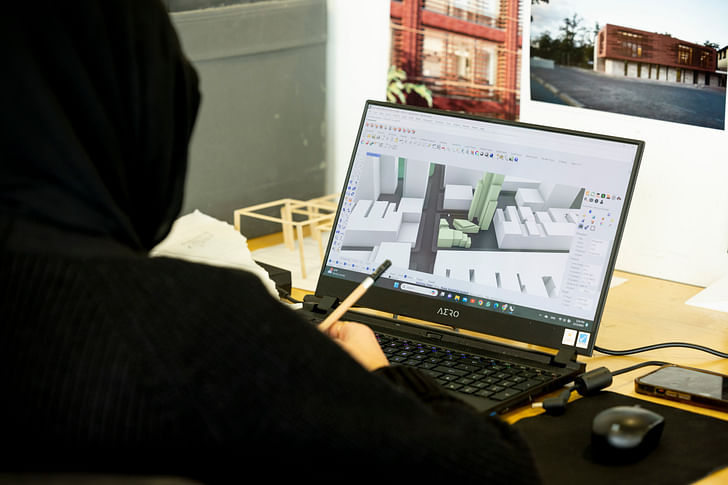
In some ways, it all comes back to collaboration, doesn’t it? You are seeing a collaboration between art and architecture, with professional disciplines such as architecture, planning, and landscape, but also in pillars such as community and social justice.
The reality of being an architect is you are rarely working only within your profession, you’re often collaborating with a wider design team. In fact, many of the issues that arise in projects can be traced back to that collaboration not working properly. It’s important, then, that a school such as yours is trying to instill collaboration from multiple angles.
One of the things I’ve been thinking about lately, based on conversations with alumni and professional partners, is that so many good results in the built environment rely on good relationships, including well-conceived contracts. That is not necessarily something we teach in school, but in design, I always hope we are teaching toward that. We introduce questions such as: How do you think about addressing complexities while having empathy and respect for different facets of design? Respect is a big piece of collaboration. This is not to say that all design comes down to a contract; it is still about creative thinking. But a good contract isn’t just about business and law — it is about knowing how to get a good result.
Yes, and in the middle of a real project, it is easy to forget that a contract is supposed to be a collaborative agreement, not adversarial!
Indeed, and the architecture faculty here has been having discussions recently about how guidelines, parameters, laws, and contracts form an important part of design. When we teach this in schools, it allows students to more easily find their place in the industry.
The students who thrive here are those who are interested in learning and who are open to a respectful dialogue across their differences. — Kate Wingert-Playdon
Speaking of students, is there a particular type of student that strives at Tyler?
Curiosity is a good place to start. We see many students who are independent-minded, which works well given we are a broad school of 22 program areas. With an independent-mindedness also comes diversity, and there are multiple strands of diversity here. We have international students, ethnic and racial diversity, gender diversity, and income diversity. Ultimately, the students who thrive here are those who are interested in learning and who are open to a respectful dialogue across their differences.
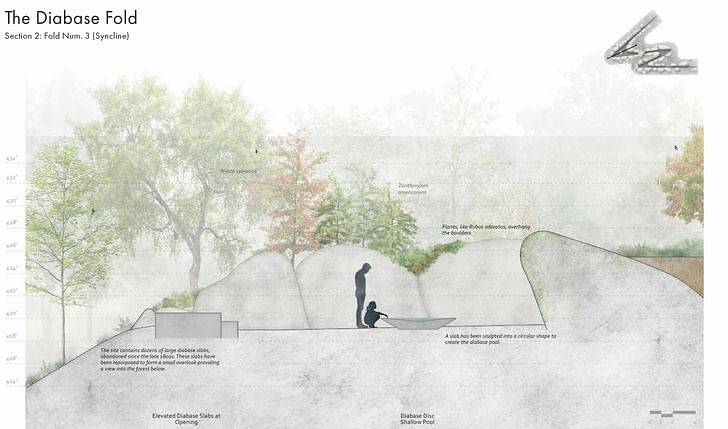
We are at the beginning of a new academic year, and Archinect actually just published Tyler’s program of public lectures for Fall 2024. Looking ahead, are there any interesting plans or initiatives coming up at Tyler that you are particularly excited about?
One thing we are excited about is a series of lectures from visitors who are working in practice but are also engaging with other interests and disciplines. For example, our annual Wolgin lecturer and visiting artist this school year is Sam Van Aken, a sculptor who also works with plants and horticulture. We also have a horticulture program in our school, so the series of events around Van Aken’s work will embrace the breadth of our programs and encourage students to think differently by hearing from those who have led by example.
We are fortunate in an educational setting in that we have a lot of freedom, but with freedom comes responsibility. — Kate Wingert-Playdon
Another speaker of interest to architecture students for our annual Knowles Architecture Alumni Lecture will be Susan Jones from atelierjones. Their work is focused on mass timber buildings but also includes forest research, code changes, and fire testing as part of their practice. In other words, they place their practice in a context; they ask wider questions about the impact of design. These are important considerations in our school: How are you shaping and changing? Is design a one-off act, or is it more about longer-lasting impacts and changes?
In terms of other initiatives, at Tyler we have an interdisciplinary accessibility working group whose primary purpose is to look at accessibility beyond ADA standards, in areas we do not often consider. It is difficult to engage with creative practices if you cannot use the tools, for example. If I were to tie all of these plans and initiatives together, I would say that we are fortunate in an educational setting in that we have a lot of freedom, but with freedom comes responsibility. For us, this responsibility includes thinking about how to shape the future and think ahead. It is something you are always striving for. I’d say this is a vital aspect of education right now.
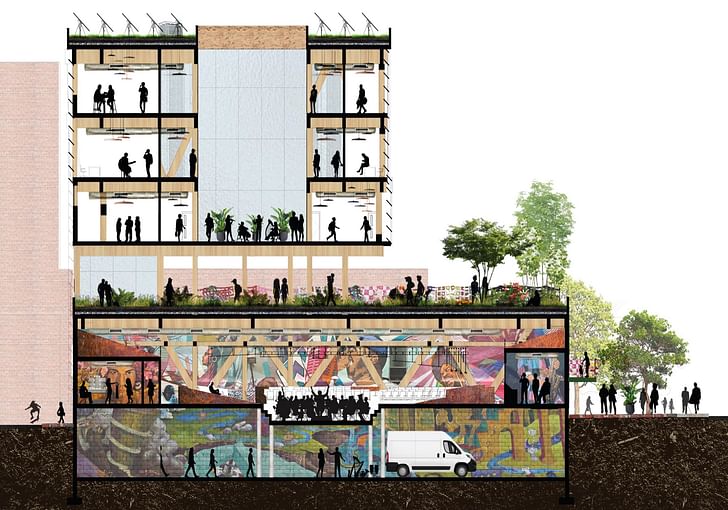
This theme of balancing practice with other interests is important. Students often enter and progress through architecture school by allowing their outside interests to inform their work, but we can sometimes lose this connection when we enter practice, perhaps while trying to adapt to working for a particular firm.
It is instructive for students to hear from practitioners who have held onto those individual interests and are still finding ways of applying that to architecture.
On that note, two areas of growth in our school right now are architecture and graphic design, including interactive design, illustration, and emerging media. We have moved to using ‘Design and Illustration’ as the term for the department that clusters these programs. Across the school, we are exploring ways of building skills alongside educational objectives so that students see the value of skill-building while engaging in a wide breadth of thinking. This models ways for students to continue to grow when they enter practice.
One of the interesting characteristics of Tyler right now is that many of our degree programs – architecture, landscape architecture, horticulture, graphic and interactive design, and metals/jewelry/CAD-CAM – are all STEM-designated. Having STEM-designated programs across art and architecture is important to us, as it demonstrates that we are really focused on educating for the future.
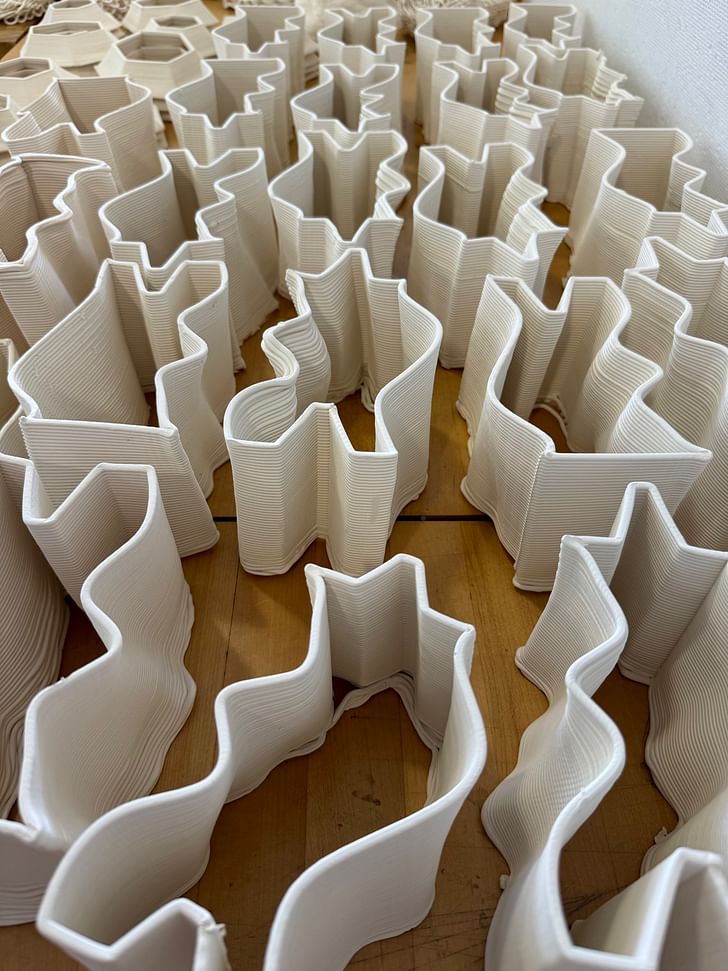
Thinking further about the future; the past few years have seen many forces and developments that may yet leave a long legacy on the profession: COVID and AI to name a few. How are you preparing graduates, many of whom have long careers ahead of them, for the architectural landscape of the next 10 years or so?
The reality of education today is that, even if you have caught up with these developments, you are still probably behind because change is constantly in front of us. Ultimately, you cannot just teach skills. You must be able to teach about the broad context in which you work. That is a general statement, but the particularities of how you apply it are important.
As we said earlier, you cannot just have one signature topic or focus in a public urban research-focused university. You must be open to a wide variety of students with multiple interests and guide them to work to their strengths and understand where, in practice, they can make a difference. You must be willing to take a diverse population, respect the differences, and do your best to work with the individual and guide them towards discovering who they are and what they want to do.
Even if you have caught up with these developments, you are still probably behind because change is constantly in front of us. — Kate Wingert-Playdon
Cross-disciplinary collaboration is also important. For example, we recently held a startup session on AI, and the faculty experts within our community led the session – their fields ranged from graphic design to art history to architecture. As a school, our faculty expertise related to climate change includes faculty with art practices working with landscape architecture. I think of it as faculty addressing common issues at different scales. In the art faculty, for example, there is research on how glass can form part of a sustainable strategy regarding energy and material use. In landscape architecture and horticulture, the faculty is thinking at the scale of miles, acres, and regions. And when we work together, we are all in dialogue to help guide each other and our students through these big conversations.

Overall, what are some of the most significant challenges facing architectural education today in your view?
One of the biggest challenges for us is to guide students toward addressing issues and questions that we do not even know exist yet. That is not new in education, and it is not new in design practice. You could say this is why architects are sometimes referred to as ‘expert generalists,’ in that we don’t have a deep expertise in one field but have expertise in how to address many issues at once.
Taking sustainability as an example and delivering not just zero carbon but negative carbon buildings, we need to possess both the technical and analytical skills while not letting go of the design-thinking skills that engage with how people occupy space. We sometimes see discussions about whether we are relevant as a profession, but actually, I see this ability as something that makes us incredibly relevant, especially when addressing large issues.
Another big challenge is changing the contours of the profession. When I began teaching, the number of women in the profession was so small at the time, and that shaped our mission to change aspects of the profession. Today, as educators, we must always remind ourselves that the people we are educating are going to live in a different world and that our role is to equip them with skills to shape that world. Social justice is a key topic here and, in this country, we are not doing a great job of that; we have got to keep at it.
We still have work to do in terms of building multiple pipelines, including for minorities in the profession. — Kate Wingert-Playdon
We just published a feature about inequalities in architectural licensure that explored this challenge. One positive trend, at least, is the high number of women now enrolling in or sitting the final licensure exams, which is equal to or greater than men. Even though the profession as a whole still exhibits a strong gender imbalance, there appears to be a new generation coming up who will begin to correct that.
Yes, and that is encouraging. I once heard Denise Scott Brown talk about why she wasn’t licensed, and I thought she was, verbatim, speaking for many women as it is so common. Many women get close to the end of the licensure path, and then life gets in the way. Then, you never get back to it because it means starting again from an earlier step. It’s not that you can’t do it; it is the impossibility of setting aside time. This is not just an issue related to women. There are efforts to change the system, so we are not leaving behind very capable people, and we still have work to do in terms of building multiple pipelines, including for minorities in the profession. The number of professionals from underrepresented groups in architecture is ticking up, but I wish it were happening at a faster pace.
To conclude then, as a new academic year begins, what advice do you give to both educators and students?
I always tell people: listen and observe. A few weeks ago, we welcomed all of our new graduate students from across the school, and we started by having them talk to new graduate students from across the school, beyond their program. It is too easy to become isolated in your discipline, so we try to establish a dialogue on day one to promote the sharing of ideas. We all work very hard, both students and faculty, but sometimes it is good to come up for air. It is good to breathe.
Niall Patrick Walsh is an architect and journalist, living in Belfast, Ireland. He writes feature articles for Archinect and leads the Archinect In-Depth series. He is also a licensed architect in the UK and Ireland, having previously worked at BDP, one of the largest design + ...
No Comments
Block this user
Are you sure you want to block this user and hide all related comments throughout the site?
Archinect
This is your first comment on Archinect. Your comment will be visible once approved.